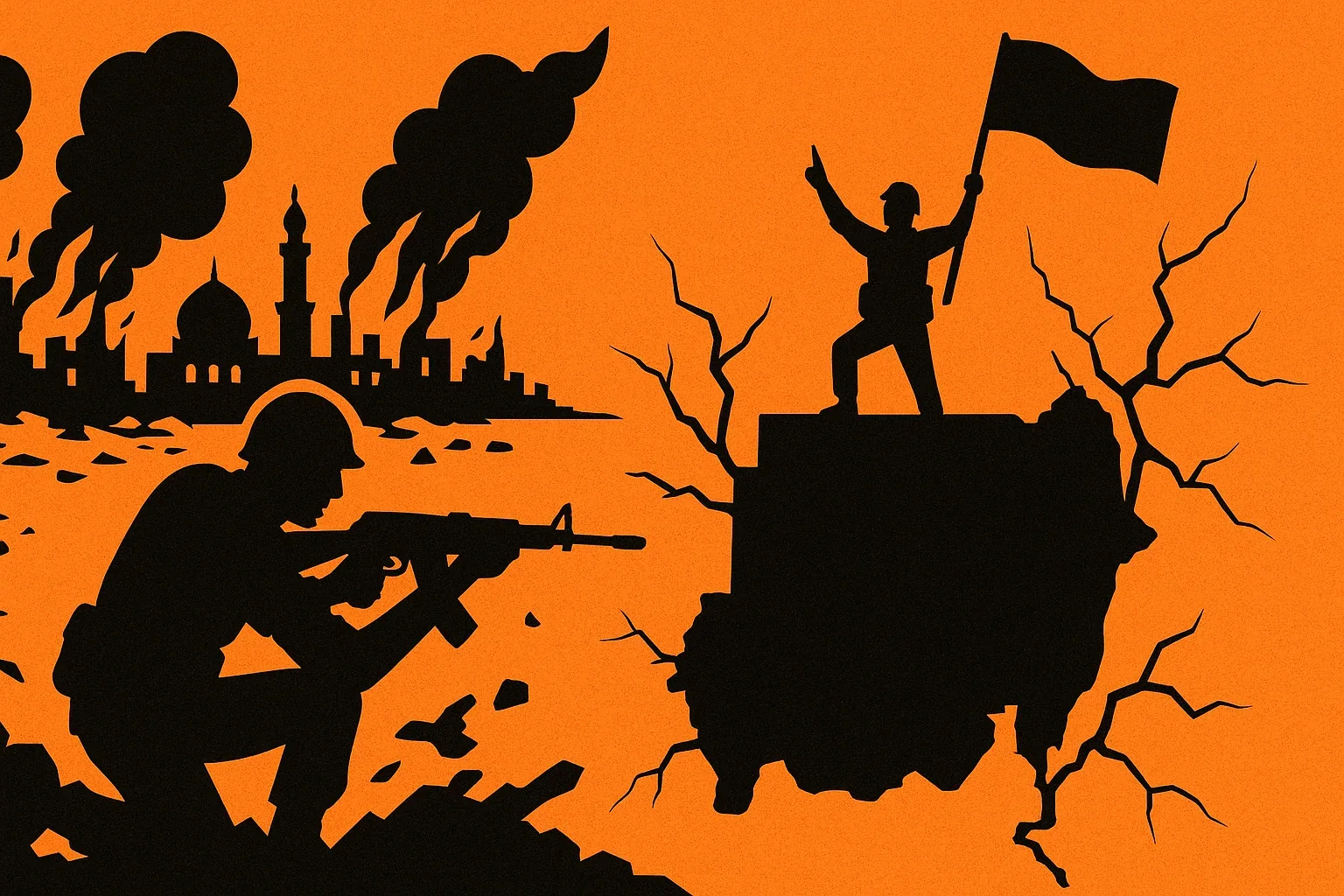In October 2025, the fall of El Fasher was not just a fleeting field event, but a pivotal moment in modern Sudanese history. El Fasher was the last urban stronghold of the army in Darfur, and its fall completed the RSF's control over the entire western region, turning the city into a symbol of the collapse of the state and the birth of a new reality of chaos and division
Despite the flags of control, the RSF inherited a devastated and depopulated city. 70% of the population was displaced or killed, and only one hospital remained partially operational before it too was targeted. El Fasher was turned into a complete administrative and security vacuum: no police, no judiciary, and no state institutions.
Politically, the balance of power has shifted. The RSF now has a contiguous territorial strip stretching from Darfur to Chad and Libya, while the army retains international legitimacy, ports, and the country's skies.
The massacres that accompanied the fall of El Fasher were not isolated, but rather an extension of the old identity conflict in Darfur since 2003. UN reports confirm that what is taking place bears the hallmarks of "ethnic cleansing" and that civilians - not combatants - are paying the price in battles fought in the name of victory and honor
In the media, the war has turned into a battle of narratives. The RSF portrays itself as a "liberation force" and the army presents it as a "rebel militia." Between disinformation and blood, civilians remain voiceless, while satellites play the role of the only silent witness to the truth.
Eighteen months of hell for the people of El Fasher. A quarter of a million people have been trapped inside a besieged city with no access to supplies or medicine.The scenes of field executions and mass fires were documented by satellites, and the city became a symbolic example of what the UN called a "slow genocide." Seven out of every ten residents were displaced or killed, hospitals remained without electricity, and water was sold as a scarce commodity.
To view the video and read the full analytical paper, please scroll down.

Comments